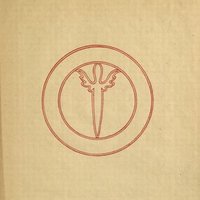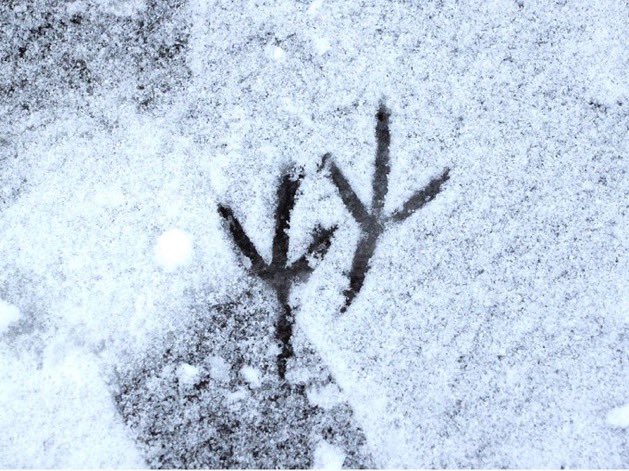
Pamela Smith
@psproofreading
Proofreader and music consultant/concerts manager. Professional member of @The_CIEP, and member of @epa_ni and @afepi https://t.co/MTnreCsN0J
ID:857222623368970240
26-04-2017 13:19:34
590 Tweets
463 Followers
383 Following

To mark 25 years since the signing of the #GoodFridayAgreement on 10 April, we've curated a special collection of articles from our journal #ParliamentaryAffairs (pub. Oxford Journals & ed. Alistair Clark/Louise Thompson).
Free for a limited time 👉 ow.ly/OCUB50NCq78.













This has arrived. No. 57 in Kirsty Matheson Art’s #100daysofmusicasart Schoenberg’s Verklärte Nacht. Isn’t it fabulous? Thank you, Kirsty 😍



Excellent to hear a matinal 'She moved through the Fair' arranged by Michael Alcorn (Michael Alcorn) on BBC Radio 3 Petroc Trelawny with two players from Downshire Brass, Lauren Stewart on flugelhorn and Gary Dodsworth on baritone horn (1'56') bbc.co.uk/sounds/play/m0…





